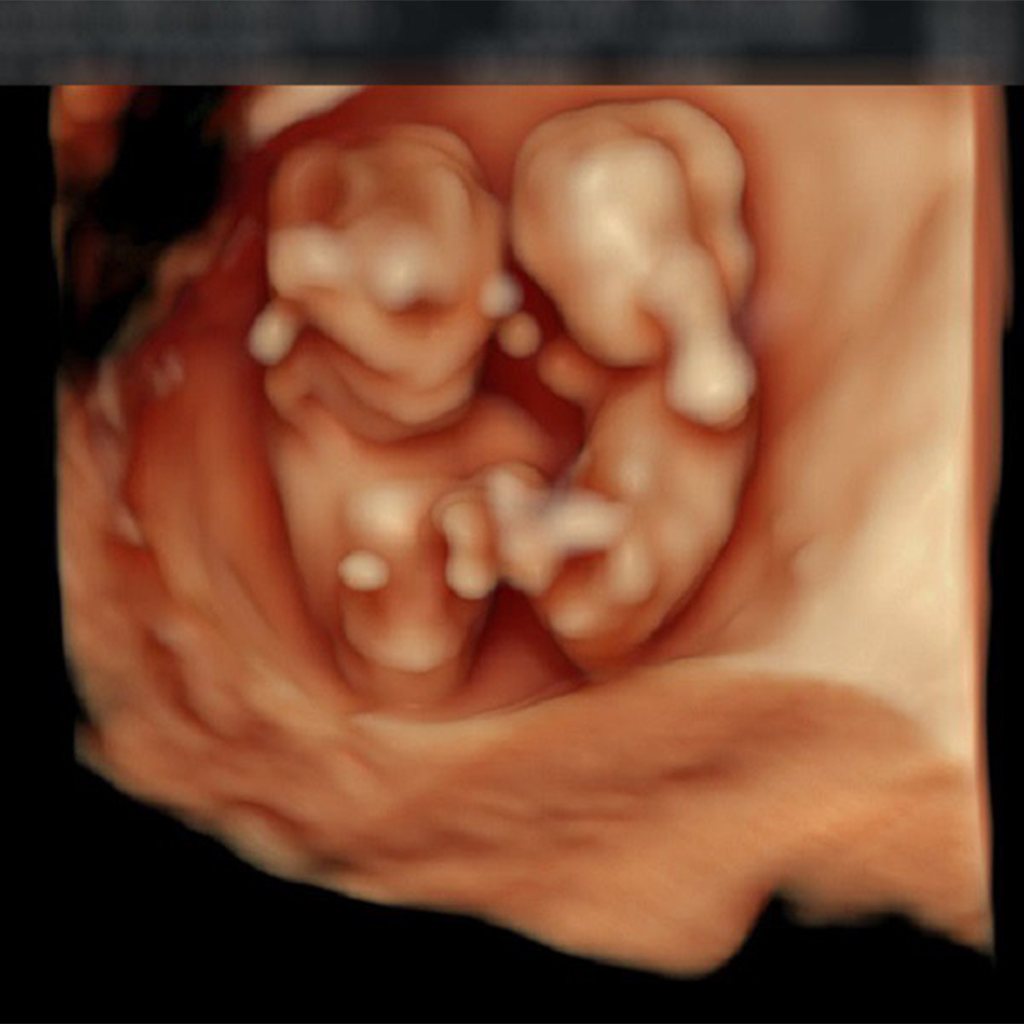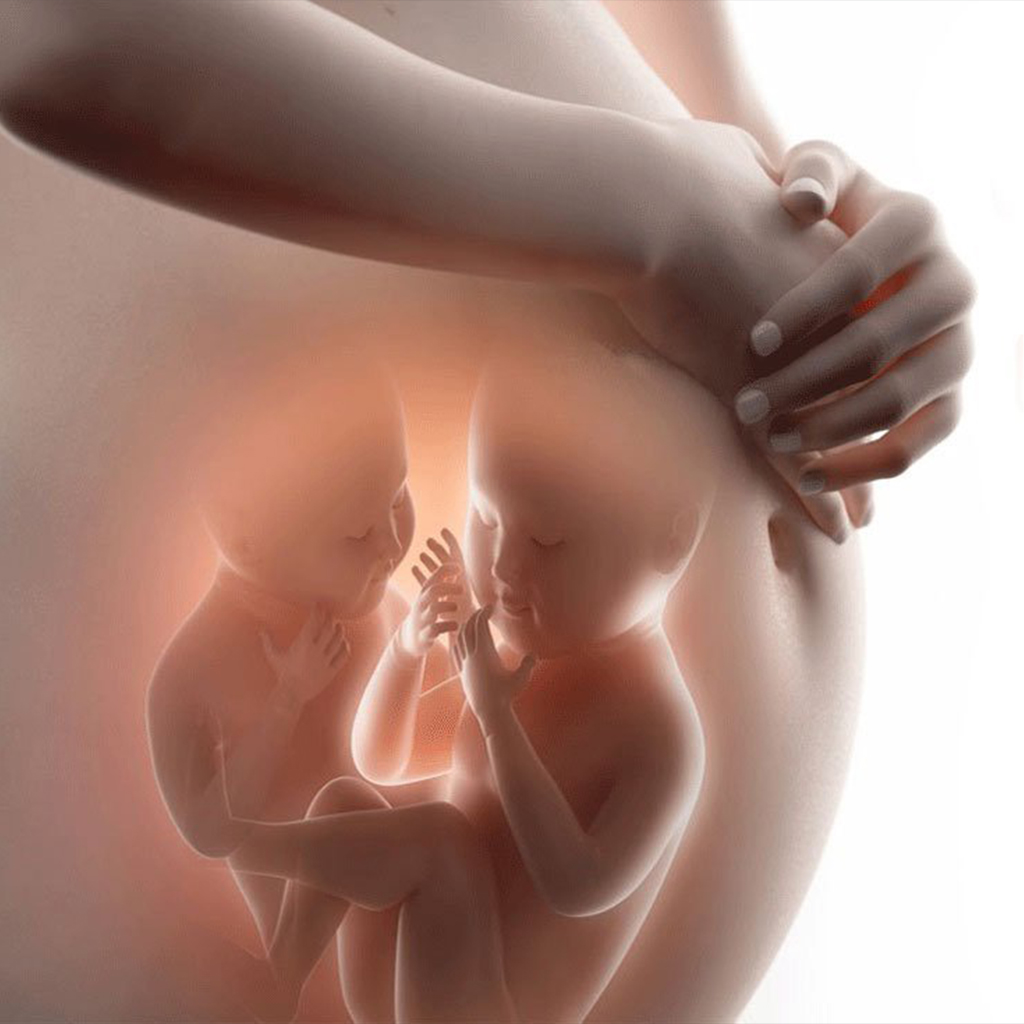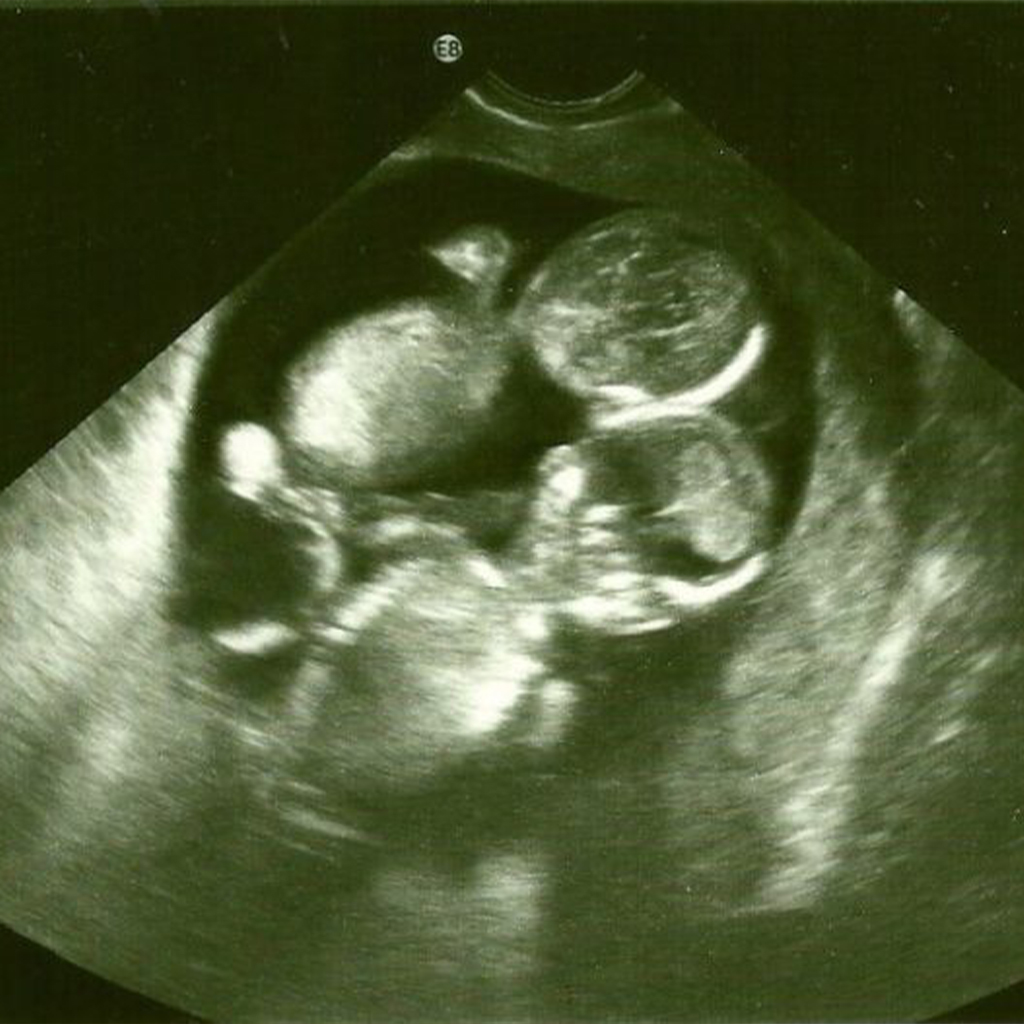On November 9, Doctor Nguyen Thi Sim, in charge of the fetal intervention unit, Hanoi Obstetrics and Gynecology Hospital, in Hanoi City, Vietnam said that the pregnant woman was admitted to the hospital when she was 18 weeks pregnant. The doctor performed amniocentesis and ultrasound. one male, one female, in which the female fetus has edema, genotype is 45X; Normal male fetus, genotype 46XY. According to Dr. Sim, the above case is extremely rare in the world and was also first discovered at a hospital. In addition, the patient’s symptoms have not been recorded in the literature. Usually, identical twins have the same genotype and sex.
Assoc. Prof. Dr. Nguyen Duy Anh, Director of Hanoi Obstetrics and Gynecology Hospital, said that this is an extremely rare case, the first time this facility has detected and is the second case recorded in the world. Previously, the literature always confirmed that identical twins are completely identical in genotype and phenotype, ie “like two drops of water”; However, with twins sharing the same placenta, the two amniotic chambers that this hospital detected were different in sex and chromosome set.
Pregnant woman this year 23 years old, pregnant for the first time naturally. Ultrasound results at week 8 found the same placenta and two amniotic chambers. At week 16, the pregnant woman went to the Fetal Intervention Unit, Hanoi Obstetrics and Gynecology Hospital, for a checkup because there was one pregnancy with edema. Ultrasound at 18 weeks shows the deterioration of female fetuses, male fetuses also have an impact on reproductive health, the rate of stillbirth is very high.
The treatment team performed more in-depth tests to find out the cause. They found that the male fetus had a deletion of the Y gene, which would affect fertility later in life. After consulting with a fetal interventionist and a geneticist about the possibility of intervention and pregnancy monitoring, the patient’s family applied for a voluntary termination of pregnancy.
After the pregnancy, the doctors continued to take umbilical cord blood samples of the two fetuses for testing and prove that: These two fetuses share the same egg but have different genotypes.
The Fetal Intervention Unit of the Hanoi Obstetrics and Gynecology Hospital, which is run by Dr. Nguyen Thi Sim, has reported receiving numerous cases of identical twins sharing the same placenta but in two different amniotic sacs (like in the case of the pregnant woman mentioned above who underwent a twin blood transfusion). Twin blood transfusions are extremely uncommon, occurring only once every 10,000 people. However, both the mother and the fetus are in grave danger in this situation. This is due to the vascular bridges in the placenta, which allow blood from one fetus to flow to the other. The donor fetus will have oligohydramnios, anemia, and a reduced size. The circulatory system will always be required to function even if the recipient will receive a lot of blood.
Identical twin pregnancy occurs when the fertilized egg divides into two embryos and then develops into two separate individuals. This process begins at the very beginning, when the embryo is just a bunch of cells. Identical twins have been recorded in the literature to be completely identical in form and sex.







